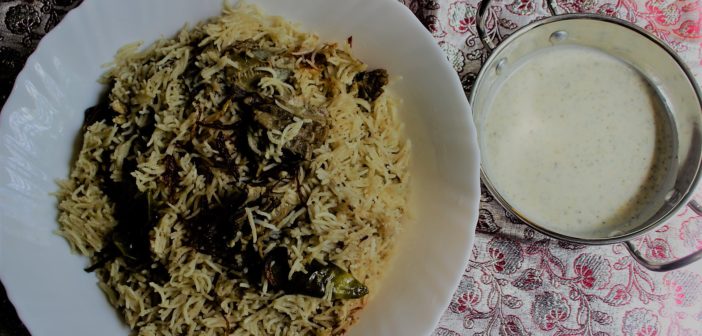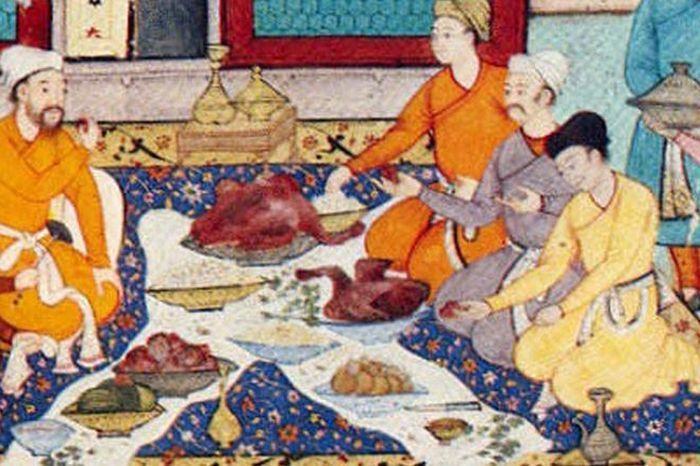When it comes to any special occasions like Eid, iftar party, wedding parties, its never complete without the ultimate, delectable meaty mutton pulao!
Yes, the totally mouthwatering, meaty, juicy, and loaded with the flavors of cardamom and cumin, our mutton pulao is truly one of a kind.
Whenever I ask children or senior citizens of my family, they always prefer pulao over chicken biryani.
Reason?
- Pulao has a lighter texture as compared to biryani.
- It is less spicy than biryani.
- It feels comparatively less oily.
And of course, it has mutton which is way tastier than chicken.
In Pakistan alone, there are so many variations of pulao. And its popularly known as yakhni pulao. We have Punjabi yakhni pulao, afghani pulao, we have biryani pulao etc.
Although the most famous variety of mutton pulao in Pakistan is the Punjabi yakhni pulao, which is slightly more spicy than the average pulao.
Another famous pulao in Pakistan is the Afghani pulao, which has loads sweetened carrots and raisins.
But another element that really gives mutton pulao a very high prestige is the fact that it has always been an important element of Mughal cuisine. The wholesome uses of dry fruits and cooking the rice in the meat stock itself is a very rich concoction in terms of food.
History of Mutton Pulao
Pulao also known as pilaf is a world famous and historic food and has encompassed many cuisines within itself.
The first scripted recipe for pulao comes from around the 10th century from the Persian kitchens. Ibne Sina or Avicenna, who wrote about several types of pilafs or pulaos in his books.
Persians, consider Ibn e Sina as the “father” of modern pulao.
When Babar entered the subcontinent from Central Asia, he carried his chefs and recipes along too. Since he was meat lover and was used to hearty meaty dishes like the pulao, the pulao entered our region.
Although Pakistani cuisine has a strong influence of Afghani, Persian, and Turkish cuisine we cant ignore the fact that over the period of time, the taste and nourishment evolved with the spices indigenous to our soil. For example, our pulao is incomplete without black peppercorns or cardamoms which are native spices of the subcontinent.
I also believe that its the fusion of our spices with the basic recipe of mutton pulao, is what makes it more succulent, vibrant rich and a must try delicacy.



2 Comments
It’s very common and familiar dish of Karachi. Nice article
Thanks!